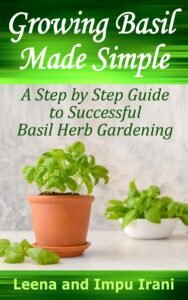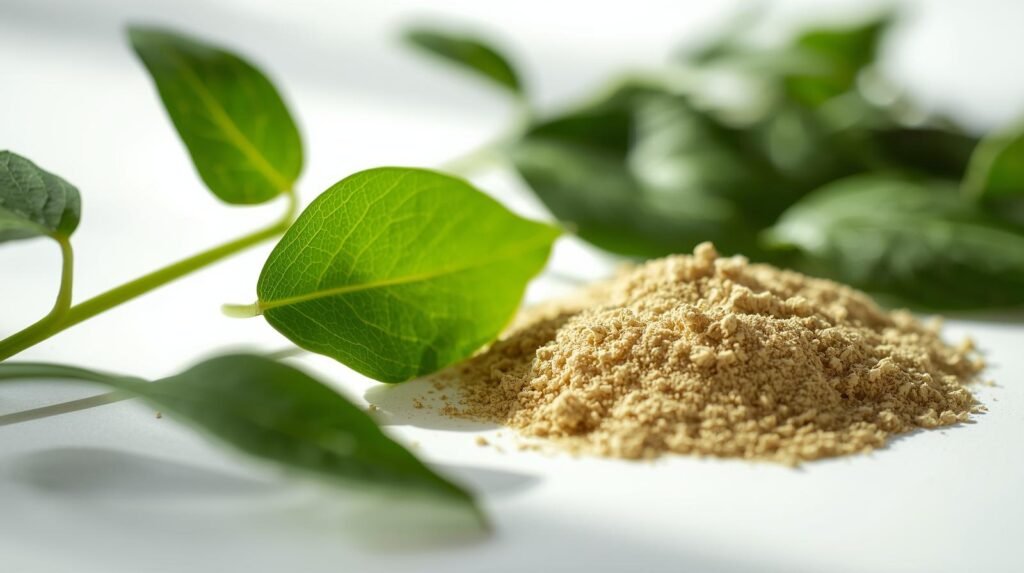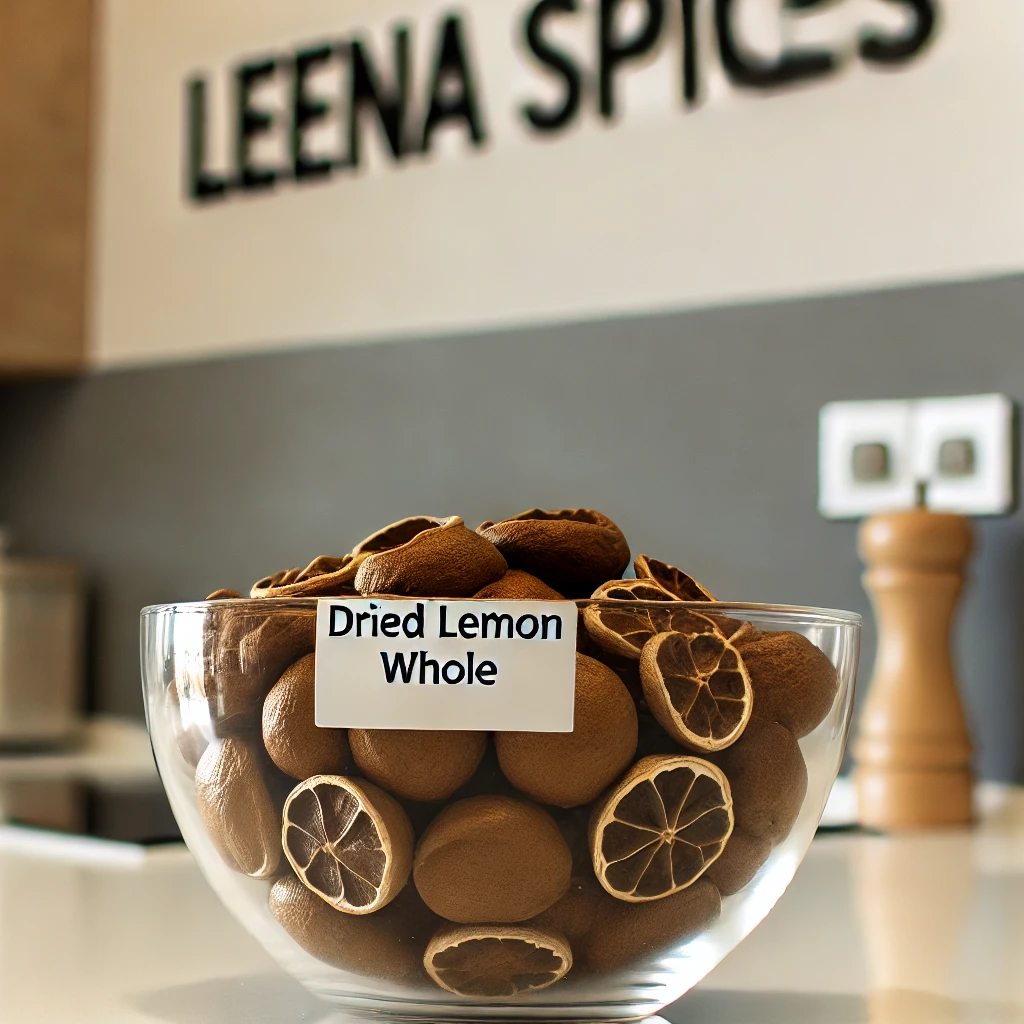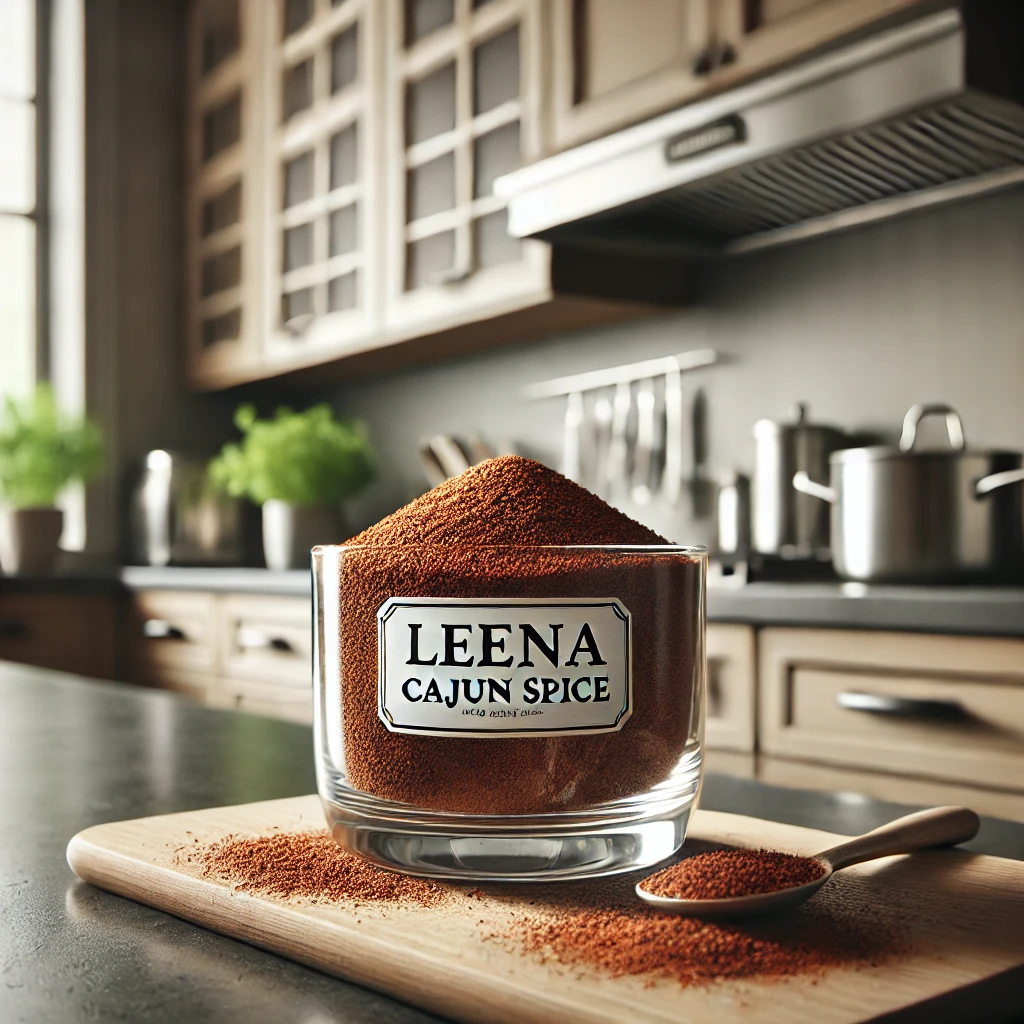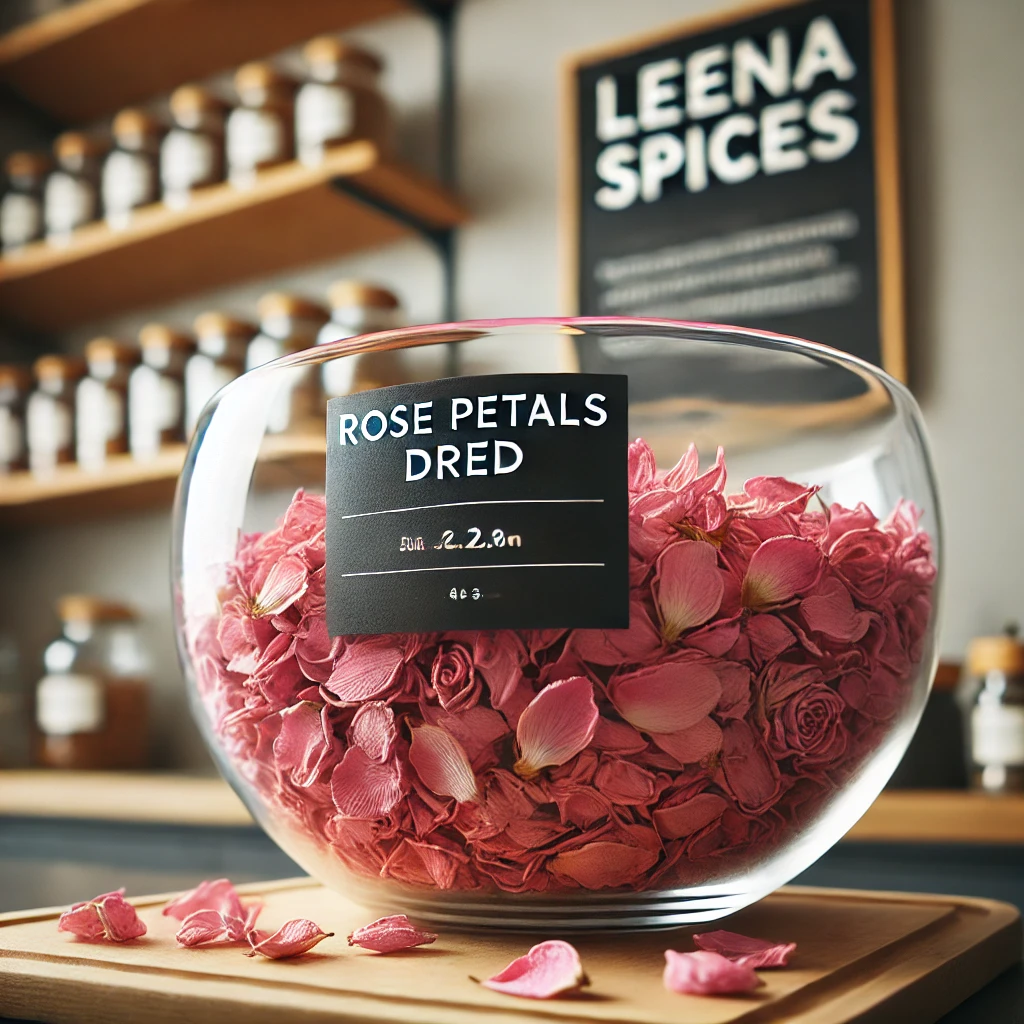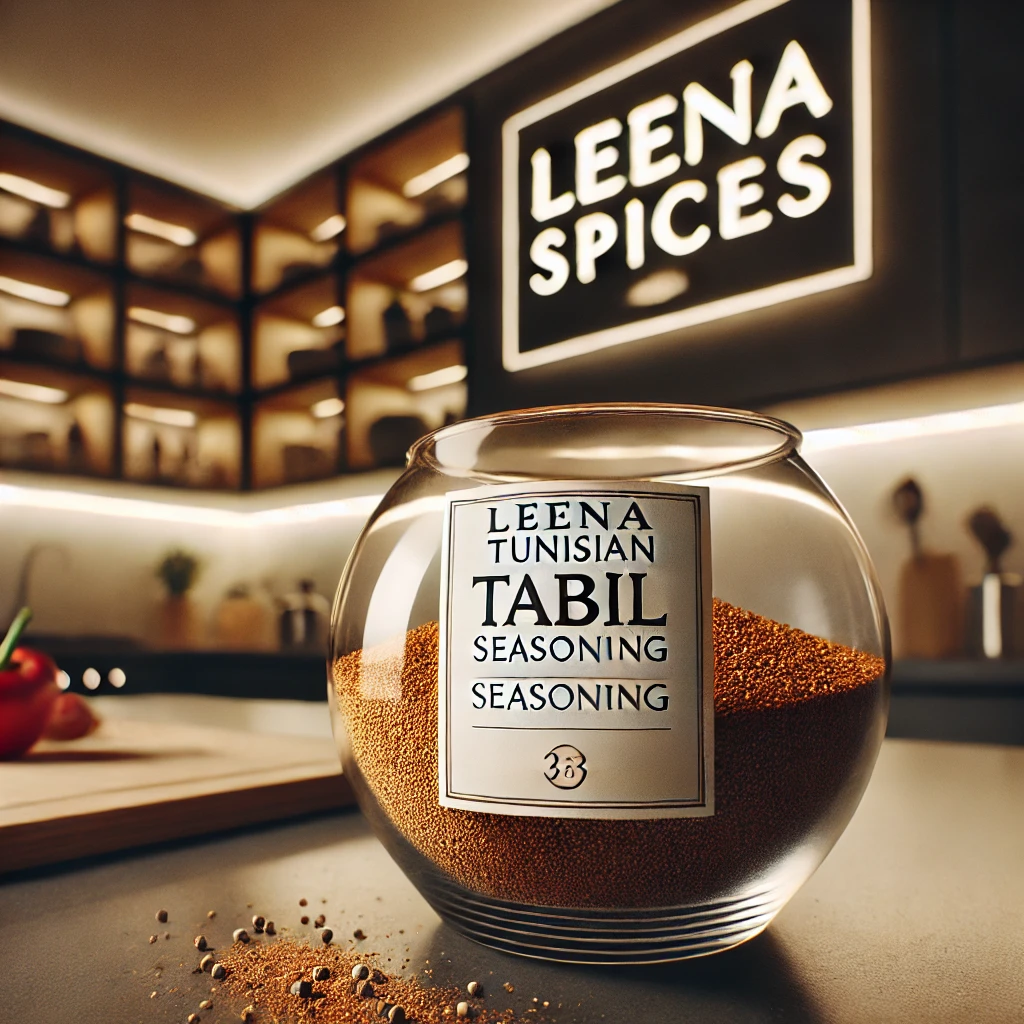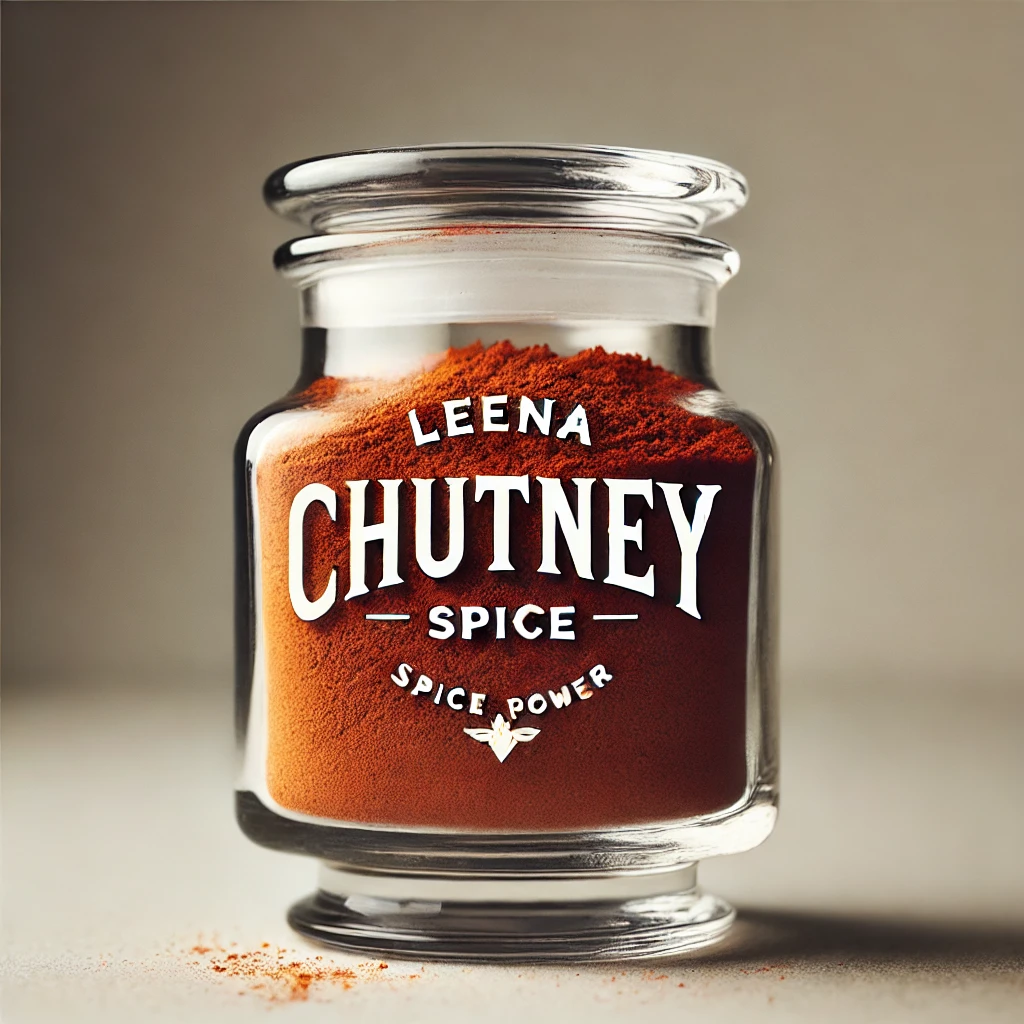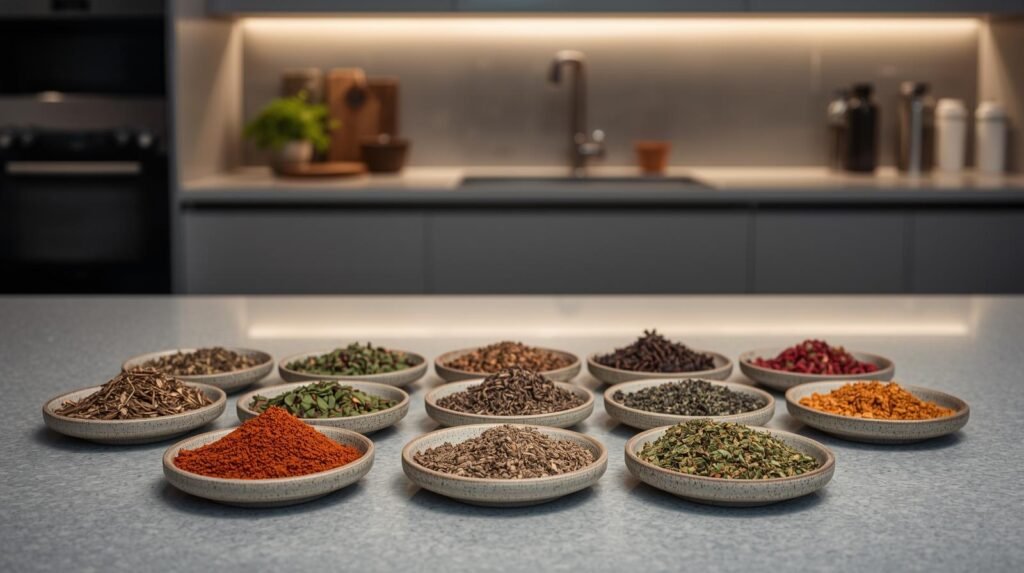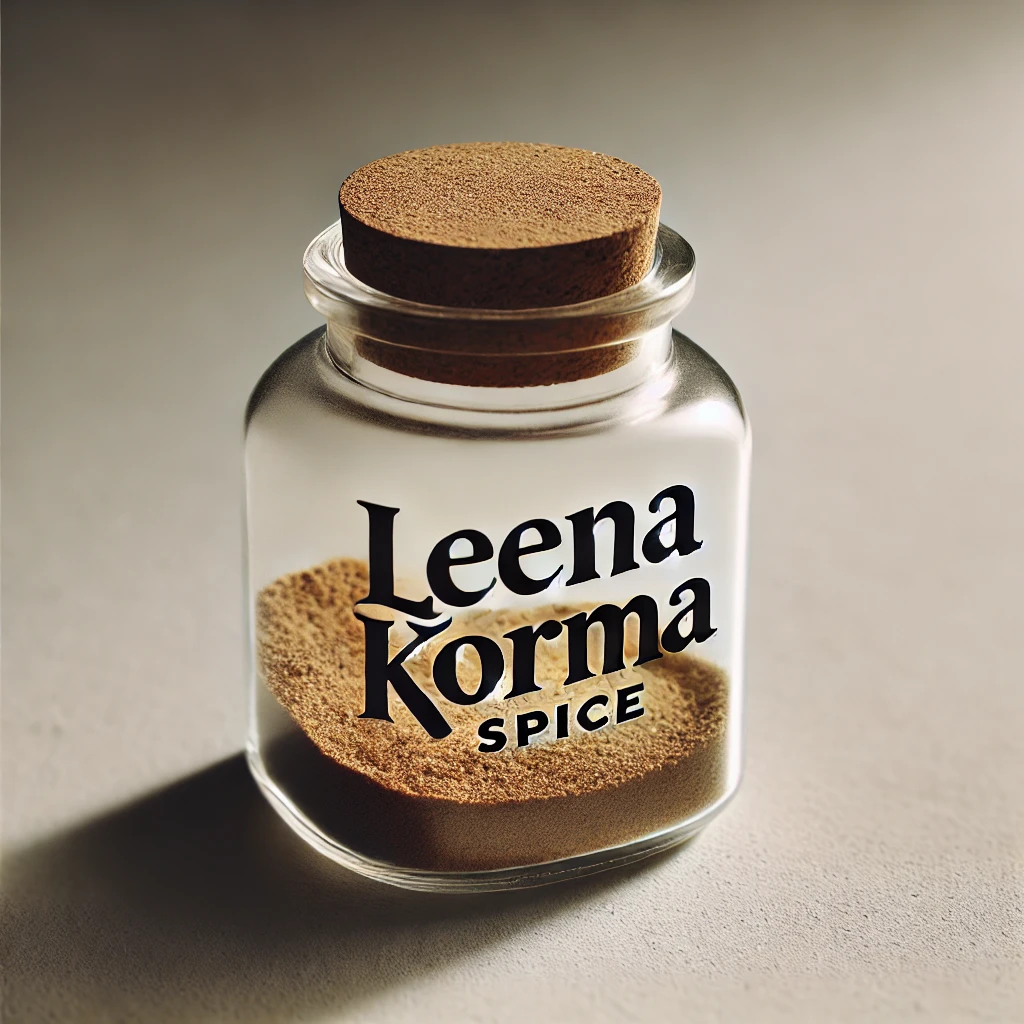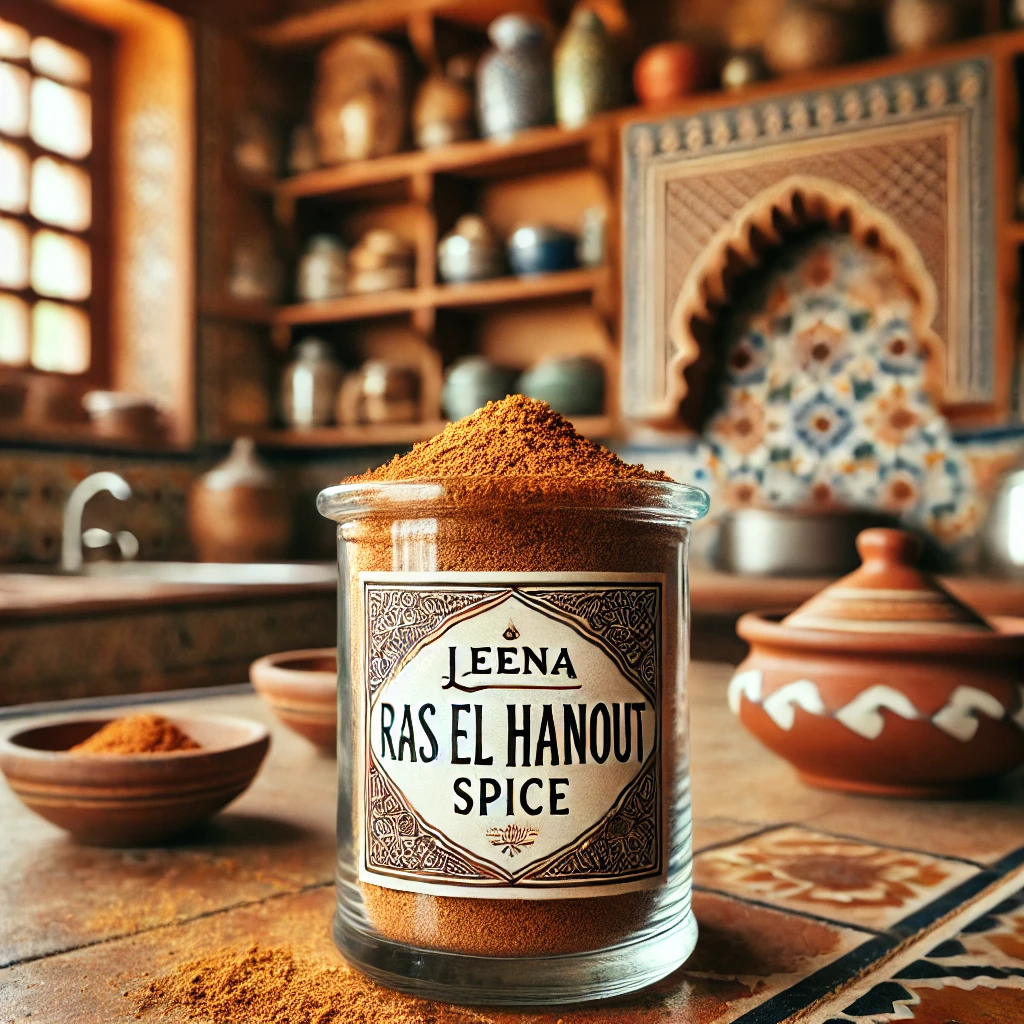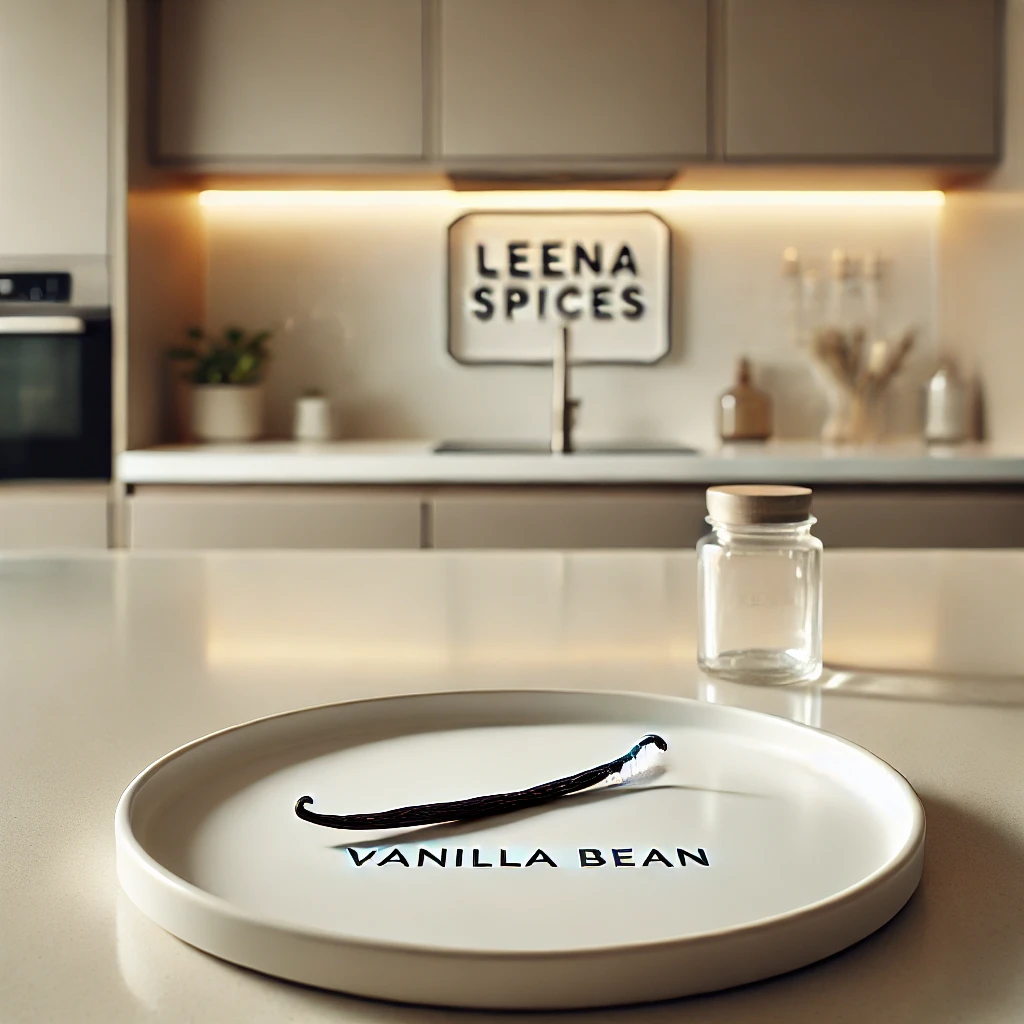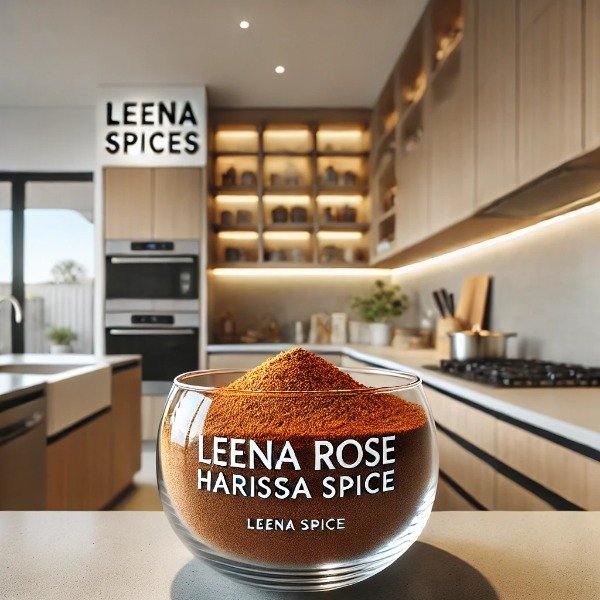20 Best Answers Tips To Grow Basil At Home
Growing basil at home offers a simple and practical way to enjoy fresh herbs year-round. Whether you’re just starting or have gardening experience, understanding the basics is key. This guide addresses the most frequently asked questions about planting, care, and harvesting, providing clear, reliable advice for growing healthy basil indoors or outdoors.
Table of Contents
- How do you grow basil at home successfully?
- What are the best conditions for growing basil indoors?
- How often should you water basil plants?
- Can you grow basil from cuttings?
- Why is my basil plant wilting?
- How long does it take for basil to grow?
- What type of soil is best for growing basil?
- How much sunlight does basil need?
- How do you prune basil to make it bushier?
- Can basil grow indoors year-round?
- What are common pests that affect basil plants?
- How do you harvest basil without killing the plant?
- What are the best basil varieties to grow at home?
- Why are my basil leaves turning yellow?
- How do you grow basil from seeds?
- Can basil be grown in pots or containers?
- How do you prevent basil from bolting?
- What is the best fertilizer for basil plants?
- How do you care for basil in winter?
- Is it better to grow basil indoors or outdoors?
- FAQ
How do you grow basil at home successfully?
Start with healthy seeds or cuttings and plant them in well-draining soil in a pot with drainage holes. Place the pot in a spot that receives 6–8 hours of sunlight daily. Maintain temperatures between 70–85°F (21–29°C) and water when the top inch of soil feels dry. Prune regularly to encourage fuller growth, and harvest leaves often to promote continued production.

What are the best conditions for growing basil indoors?
Basil grows best indoors with 6–8 hours of bright, direct light each day—ideally from a south-facing window or under grow lights. Keep the temperature between 70–85°F (21–29°C) and maintain humidity levels around 40–60%. Use a well-draining potting mix, and protect the plant from cold drafts or sudden temperature changes.
How often should you water basil plants?
Water basil when the top inch of soil feels dry, usually every 2 to 3 days, depending on your home’s light and humidity levels. Always use pots with drainage holes to avoid root rot. To prevent overwatering, check soil moisture before adding more water.
Can you grow basil from cuttings?
Yes, basil can be easily propagated from cuttings. Take a 4-inch cutting just below a leaf node, remove the lower leaves, and place the stem in water or moist soil. Roots typically develop within 1–2 weeks in water or 2–3 weeks in soil. Once rooted, transfer to a pot with well-draining soil.
Why is my basil plant wilting?
Wilting basil is usually a sign of stress from overwatering, underwatering, or lack of light. Check the soil: if it’s too wet, root rot may be the issue; if it’s dry, the plant needs water. Make sure your basil gets 6–8 hours of sunlight, has good air circulation, and isn’t root-bound. Also inspect for pests like aphids, which can contribute to wilting.
How long does it take for basil to grow?
Basil seeds germinate in 5–10 days and typically reach harvest size within 6–8 weeks. If growing from cuttings, expect roots in 1–3 weeks and mature plants in about 4–6 weeks. Growth rate depends on adequate light, warmth, and consistent watering.
What type of soil is best for growing basil?
Basil grows best in well-draining, nutrient-rich potting mix with a pH between 6.0 and 7.5. A blend of peat moss, perlite, and compost provides ideal conditions. Avoid heavy or water-retentive soils, as basil roots are prone to rot in overly moist environments.
How much sunlight does basil need?
Basil requires 6–8 hours of direct sunlight each day. Indoors, place it near a south-facing window or supplement with full-spectrum grow lights for 12–16 hours daily. Without adequate light, basil may become leggy and weak.
How do you prune basil to make it bushier?
Prune basil every 2–3 weeks by cutting just above a leaf node, where the leaves meet the stem. Remove the top one or two sets of leaves to encourage bushier growth. Regularly pinch off any flower buds to keep the plant’s energy focused on producing fresh, flavorful leaves.
Can basil grow indoors year-round?
Yes, basil can thrive indoors year-round with proper care. Ensure it receives 6–8 hours of light daily, maintain temperatures between 70–85°F (21–29°C), and water consistently. During winter months, supplement natural light with grow lights to support healthy growth.
What are common pests that affect basil plants?
Common basil pests include aphids, whiteflies, and spider mites. Signs of infestation include sticky residue or visible tiny insects on the leaves. Treat affected plants with neem oil or insecticidal soap, and improve air circulation to help prevent future infestations.
How do you harvest basil without killing the plant?
Cut leaves or stems just above a leaf node, ensuring at least 2–3 sets of leaves remain on the plant. Never remove more than one-third of the plant at a time. Regular, careful harvesting promotes healthy, continuous growth.
What are the best basil varieties to grow at home?
Popular basil varieties for home gardening include:
- Genovese Basil: Classic choice with large, flavorful leaves, ideal for pesto.
- Thai Basil: Spicy, licorice-like flavor, perfect for Asian cuisine.
- Purple Basil: Striking deep purple leaves with a milder taste, adds visual appeal.
- Lemon Basil: Citrusy aroma and flavor, great for teas and desserts.
Why are my basil leaves turning yellow?
Yellowing leaves often indicate overwatering, nutrient deficiencies, particularly nitrogen—or poor drainage. Check the soil moisture and ensure your pot has adequate drainage. Apply a balanced liquid fertilizer every 4–6 weeks to maintain healthy growth.
How do you grow basil from seeds?
- Fill a pot with well-draining soil.
- Lightly scatter seeds and cover with a thin layer of soil (about 1/8 inch).
- Keep the soil moist and place the pot in a warm, sunny location (70–85°F).
- Seeds will germinate in 5–10 days. Thin seedlings to 6–12 inches apart for healthy growth.
Can basil be grown in pots or containers?
Yes, basil thrives in pots or containers with drainage holes. Use a 6–12 inch pot per plant, filled with well-draining soil. Place the pot where it receives 6–8 hours of sunlight daily and water consistently to keep the soil slightly moist.
How do you prevent basil from bolting?
To prevent premature flowering (bolting), pinch off flower buds as soon as they appear. Maintain temperatures below 85°F (29°C) and water consistently to reduce stress. Regular pruning encourages the plant to focus energy on leaf growth, delaying bolting.
What is the best fertilizer for basil plants?

A balanced liquid fertilizer, such as 10-10-10, applied every 4–6 weeks supports healthy growth. Organic alternatives like fish emulsion or compost tea are also effective. Avoid over-fertilizing, as it can lead to excessive leaf growth and diminished flavor.
How do you care for basil in winter?
To care for basil during winter, move it indoors and place it where it can receive 6–8 hours of bright light daily. Use full-spectrum grow lights if natural light is limited.
Maintain indoor temperatures between 70–85°F (21–29°C) and avoid cold drafts. Water sparingly, allowing the top inch of soil to dry between waterings, and keep humidity around 40–60% to prevent leaf drop.
Is it better to grow basil indoors or outdoors?
Both options have benefits:
- Indoors: Allows for year-round growth, protection from pests, and controlled temperature and humidity. However, you’ll need grow lights in darker months or if natural sunlight is limited.
- Outdoors: Basil thrives in full sun and open space during warm months, but it’s sensitive to cold and more vulnerable to pests and weather fluctuations.
Choose based on your climate, available space, and how much maintenance you’re willing to commit to.
FAQs
Q: Why is my basil plant not growing?
A: Slow or stunted basil growth is usually caused by one of three issues: not enough sunlight (basil needs 6–8 hours of direct light), overwatering (which can lead to root rot), or nutrient-deficient soil. Make sure your plant is getting strong light, water only when the top inch of soil feels dry, and use a well-draining, nutrient-rich potting mix. Regular pruning can also stimulate fresh growth.
Q: Can I grow basil in small spaces?
A: Yes! Basil is perfect for small spaces. Use compact pots, hanging baskets, or vertical planters on sunny windowsills, balconies, or patios. As long as it gets 6–8 hours of light and proper care, basil thrives even in tight quarters.
Q: How do I store fresh basil?
A: Wrap basil leaves in a damp paper towel, place them in a resealable bag or container, and store in the fridge for up to a week. For longer storage, chop the leaves and freeze them in ice cube trays with water or olive oil, perfect for dropping into soups, sauces, and pastas later!
Conclusion
Growing basil at home is a rewarding and fragrant experience, whether you’re a beginner or seasoned gardener. With just a bit of care, like proper sunlight, watering, pruning, and pest control you can enjoy a thriving basil plant year-round. From Genovese to Lemon Basil, the variety and versatility make it a must-have herb in every kitchen. So whether you’re spicing up pasta, brewing herbal tea, or simply enjoying the lush green leaves on your windowsill, basil brings both flavor and joy to your home. Happy growing!

